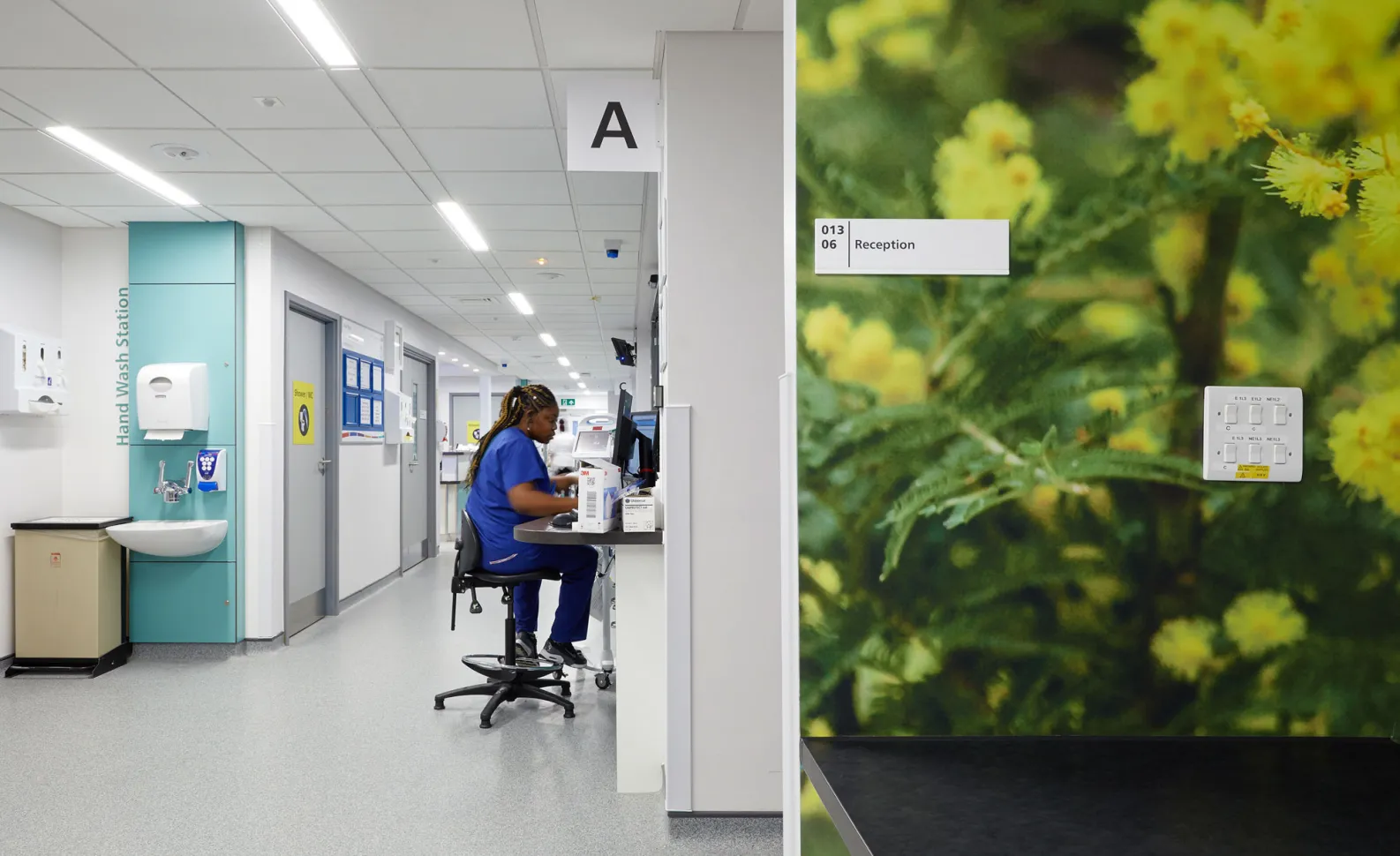Insight
Recurring headaches? Repeated repairs are a symptom. Let’s get to the root cause
16 Oct 2025

Mark Dando
Director
Check the health of your estate today and take the first step towards breaking the costly cycle of repeated repairs. By identifying and addressing the root causes behind maintenance issues, you can move from reactive fixes to proactive, long-term solutions that protect your estate’s performance and value.
The current NHS estate is increasingly unsustainable. The latest Estates Returns Information Collection (ERIC) data places the maintenance backlog at £15.9 billion, now larger than the total annual cost of running the entire estate and a 16% increase from 2023/24. Of this, over £3.5 billion is categorised as ‘high risk’, where failure to act could compromise patient safety or force service closures.
These numbers are not abstract. They translate into everything from cancelled operations, ward closures due to building services failures, and staff working in environments that hinder rather than support the delivery of safe, effective care.
Treating symptoms, not causes
Across the NHS, repeated repairs have become a familiar pattern. Leaks are patched, boilers restarted, and electrical faults temporarily bypassed. While these fixes are necessary in the moment, they are symptomatic of an estate managed reactively rather than strategically.
This cycle adds costs and disrupts services. It also represents a missed opportunity because every pound spent on a short-term fix is a pound not invested in making the estate safer, more efficient and fit for the future.
Opportunities for change
The 10-year infrastructure and estates agenda provide a framework to shift from crisis management towards long-term resilience. There are several opportunities to consider:
- Planned preventative maintenance: Establishing consistent inspection and replacement cycles reduces the likelihood of repeated failures and helps Trusts budget more accurately.
- Digital asset management: Greater use of data-led estate monitoring can provide early warnings of deterioration, allowing interventions before faults escalate.
- Strategic prioritisation: Classifying buildings as core, flex or tail helps identify where investment should be focused, where adaptation is possible, and where assets may no longer be fit for purpose.
- Sustainability integration: Upgrades to heating, insulation and lighting can cut operating costs, support net zero commitments and improve the comfort of staff and patients.
- Collaborative delivery: Sharing expertise and resources across Integrated Care Systems can spread investment further and avoid duplication.
From reaction to resilience
The ERIC figures are sobering, but they also make the case for a different approach. Reactive maintenance will always be required, yet on its own it is an unsustainable strategy. The opportunity now is to embed resilience by tackling root causes, planning and aligning estate investment with broader health and sustainability goals.
Recurring repairs should not be seen as inevitable. They are a sign that the underlying condition of the estate needs attention. By taking a longer view, investing in planned maintenance, embracing digital tools and embedding sustainability, the NHS can begin to reverse the backlog and create environments that support both clinical excellence and patient wellbeing.
At Pick Everard, we have seen first-hand the benefits of moving from reactive fixes to proactive planning. Through collaborative work with NHS partners, we support strategies that reduce risk, improve efficiency and build resilience into estates.
Check the health of your estate today and take the first step towards breaking the cycle of repeated repairs.
Healthcare
We have worked with more than 50 NHS trusts, charities and private organisations providing healthcare services on the full range of projects.
